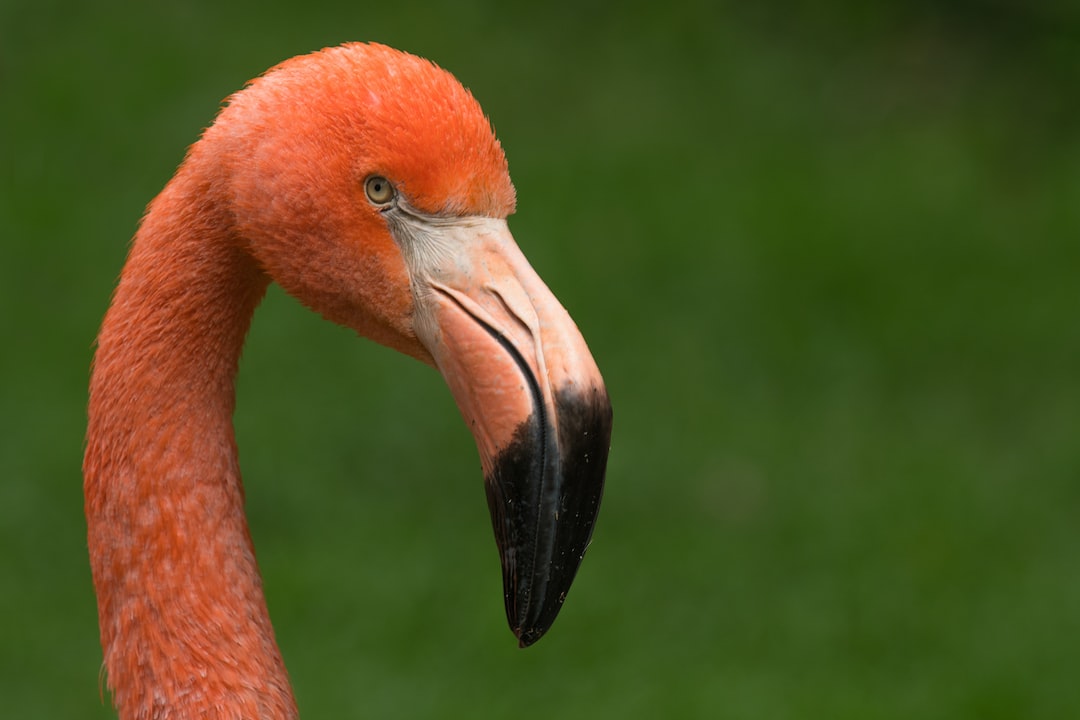Protecting endangered species: The role of conservation efforts
In the face of rapid industrialization and unprecedented human expansion, the threat of extinction looms large for many species on our planet. The loss of biodiversity not only undermines the delicate balance of ecosystems but also poses an ethical dilemma for humanity. As responsible stewards of the Earth, it is crucial to prioritize and support conservation efforts aimed at protecting endangered species. These efforts play a pivotal role in maintaining the web of life and ensuring a sustainable future for all living organisms.
The alarming rate at which species are disappearing is an undeniable consequence of human activity. Habitat destruction, climate change, pollution, and illegal wildlife trade are some of the major factors driving species towards the brink of extinction. Each species plays a unique role in maintaining the ecological balance, so the loss of even a single species can have far-reaching consequences. Conservation efforts, therefore, carry immense significance in preserving the intricate tapestry of life.
One of the primary goals of conservation is the protection and restoration of habitats. When a species loses its natural habitat, its chances of survival drastically decline. Conservation organizations work tirelessly to identify vulnerable habitats and implement measures to safeguard them. This can involve establishing protected areas, such as national parks and reserves, where human activity is limited to minimize the impact on the environment. Furthermore, habitat restoration projects, including reforestation and wetland preservation, help revive ecosystems, allowing endangered species to recover and thrive.
Conservation efforts also encompass measures to combat illegal wildlife trade, a multi-billion dollar industry that drives numerous species closer to extinction. The demand for exotic pets, traditional medicines, and luxury goods fuels this illicit trade, posing a severe threat to countless species around the world. Conservation organizations collaborate with governments and local communities to enforce stringent laws and implement effective monitoring systems to curb this illegal activity. By raising awareness about the detrimental consequences of wildlife trade and empowering local communities, conservationists can significantly reduce the demand for such products and protect endangered species.
Another aspect of conservation that is gaining recognition is captive breeding and reintroduction programs. These initiatives aim to breed endangered species in controlled environments such as zoos or specialized facilities. Once the animals reach a sufficient population size, they are released back into their natural habitats. This approach has proven successful in various cases, like the California condor and black-footed ferret. Captive breeding and reintroduction programs offer a lifeline to species on the brink of extinction, giving them a second chance at survival.
Education and awareness play a vital role in protecting endangered species. Conservation organizations and wildlife advocates strive to engage communities, particularly the younger generation, in understanding the value of species preservation. By educating people about the importance of biodiversity, the impact of human activities on ecosystems, and how they can contribute to conservation efforts, we can build a society that is more conscious and supportive of protecting endangered species. Through education, we foster a sense of stewardship and responsibility towards the natural world.
Collaboration between governments, conservation organizations, and local communities is essential in ensuring the success of conservation efforts. By working together, stakeholders can develop comprehensive strategies that address the complex challenges faced by endangered species. This collaboration should extend beyond national borders, as many species migrate across vast distances, making international cooperation crucial for their survival. Conservation initiatives that prioritize inclusive, community-centered approaches are more sustainable and effective in the long run.
Protecting endangered species is not merely an obligation; it is an investment in our own future. Each species lost has the potential to disrupt ecosystems and negatively impact human well-being. Conservation efforts offer hope for a sustainable future, where both humans and wildlife can coexist harmoniously. It is our responsibility to support and actively engage in these endeavors, recognizing that our actions today shape the quality of life for generations to come. By championing conservation, we can secure a vibrant and diverse natural world that enriches our lives and protects the delicate balance of the Earth.


